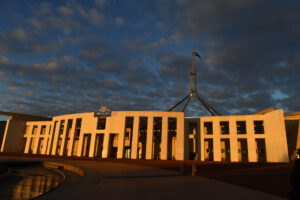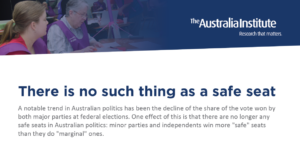The four things (mostly) missing from the major parties housing platforms
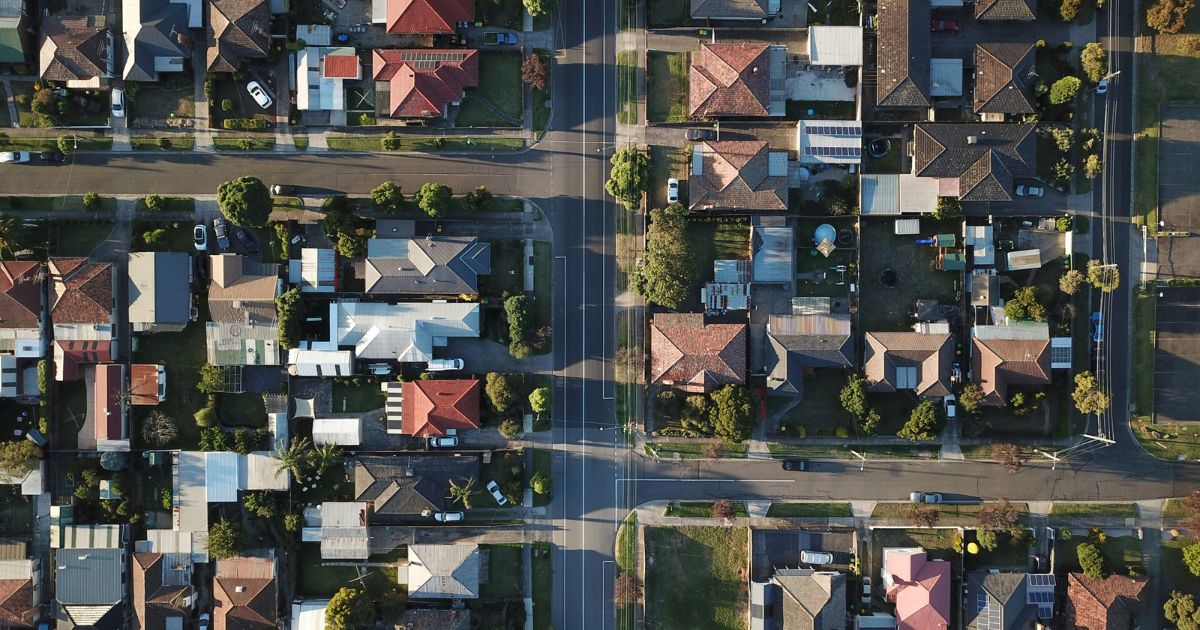
The housing crisis continues to grip Australia and it’s a central part of this election campaign. Unfortunately, while both major parties have made housing policies key parts of their election platforms their policies mostly tinker around the edges and fail in four key ways.
- They do not address Australia’s distortionary, expensive, and regressive tax concessions
Negative gearing and the capital gains tax discount distort the housing market and increase house prices. Tax concessions to property investors encourage and enable investors to outbid others who want to buy a home to live in. These property investor tax concessions will cost the budget around $13 billion just next year, with this figure set to rise each year after. This overwhelmingly benefits high-income earners; over half (56%) of the benefit goes to the top 10% of income earners, while the bottom half get only 13%. Closing these tax loopholes could stop these distortions, improve housing affordability and raise billions that could be spent on pressing social needs.
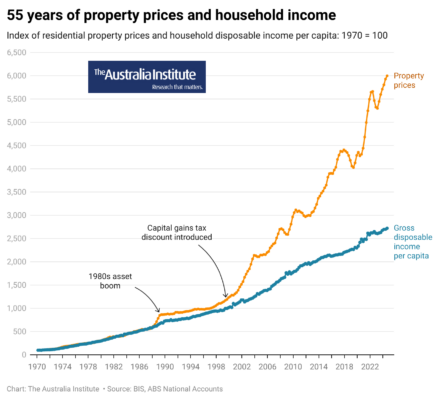
2. Almost all the policies they have announced would pump up demand, which will only increase house prices
Instead of tackling these causes of the crisis, most new policy announcements will simply pump up demand for housing, and this is likely pushing prices up even further. Labor has announced a plan to guarantee a 5% deposit for first-home buyers. While this might benefit some at the margin, it creates even more demand for housing and pushes prices higher. The Coalition has at least two policies to increase demand for housing, including the plan to allow people to raid their superannuation account for up to $50,000 and creating a new, expensive, and regressive tax deduction for mortgage interest. All of these policies are essentially new versions of ‘first-home buyer grants’, and Australia’s twenty years of experience shows they have wasted tens of billions of public money while making housing even less affordable.
3. There’s some talk about public building but nothing new on social housing
The best bit of Labor’s announcements is a $10 billion plan to partner with state developers and industry to build 100,000 new homes for first-home buyers. This is a step in the right direction because, rather than simply subsidising the private market, solving the housing crisis is going to require the government to take direct responsibility for housing. Governments can and have directly built housing before; between 1945-1970 government builds accounted for 16% of total national residential construction, but since the mid-1990s they have accounted for just 3%. Unfortunately, this policy will not reverse the decline in public and social housing. There is currently a shortfall of about 640,000 social homes in Australia, and neither major party has a plan to close this gap.
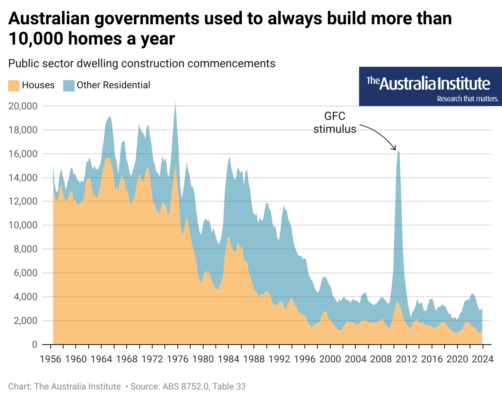
4. Migrants are not to blame for soaring house prices
Both major parties have promised to ban temporary residents from buying existing properties, and the Coalition are promising large cuts to immigration, which they argue is driving up house prices. Over the past decade, the number of residential dwellings has increased faster than the population, and when the borders were shut, property prices boomed. House prices haven’t increased because there are too many migrants, but because there are too many tax breaks for investors.
Between the Lines Newsletter
The biggest stories and the best analysis from the team at the Australia Institute, delivered to your inbox every fortnight.
You might also like
There is no such thing as a safe seat | Fact sheet
A notable trend in Australian politics has been the decline of the share of the vote won by both major parties at federal elections. One effect of this is that there are no longer any safe seats in Australian politics: minor parties and independents win more “safe” seats than they do “marginal” ones. The declining
Failing the test: Australian universities in crisis
Great countries have great institutions, but Australian universities are a mess.
There is no such thing as a safe seat
A notable trend in Australian politics has been the decline of the share of the vote won by both major parties at federal elections. There are no longer any safe seats in Australian politics: minor parties and independents win more “safe” seats than they do “marginal” ones.
